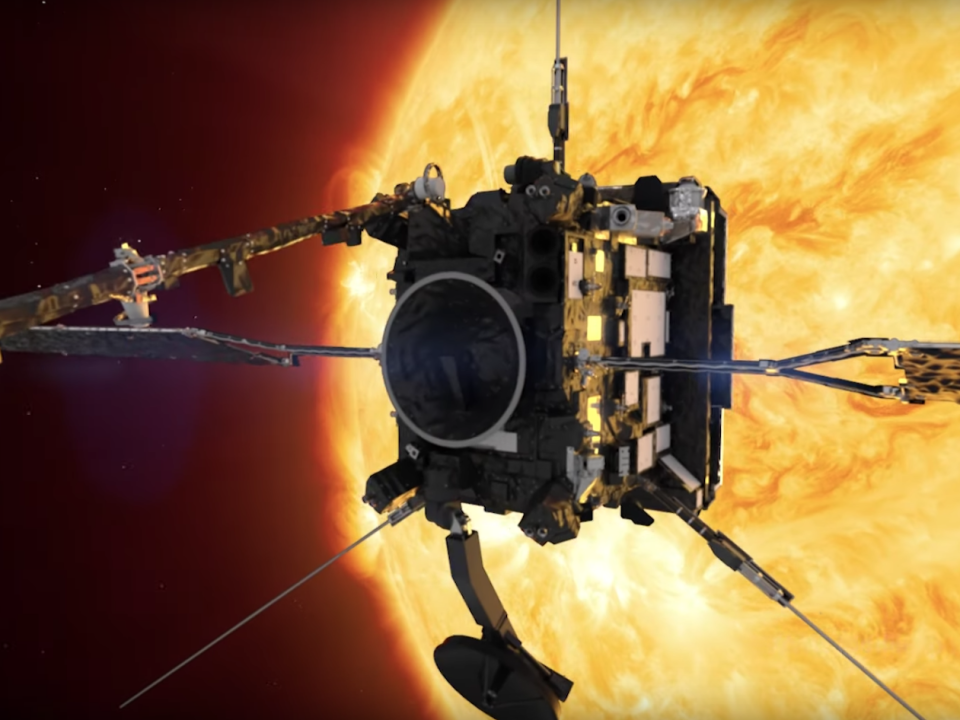Spacecraft sent by Nasa and European Space Agency to examine the Sun sends back its first findings

A Solar Orbiter sent to give an unprecedented view of the Sun has sent back its first measurements.
The spacecraft was blasted off on a journey to the Sun a week ago, and will fly up to its poles in an attempt to see a region largely unknown to scientists.
One of the instruments that will allow them to do so – the magnetometer that is carried on board – has sent back its first data to Earth, according to the UK Space Agency.
"We measure magnetic fields thousands of times smaller than those we are familiar with on Earth," said Imperial College's Tim Horbury, principal investigator for the magnetometer instrument.
"Even currents in electrical wires make magnetic fields far larger than what we need to measure.
"That's why our sensors are on a boom, to keep them away from all the electrical activity inside the spacecraft."
The orbiter - which was constructed by Airbus in Stevenage - took off in the Atlas V 411 rocket from Nasa's Cape Canaveral site in Florida at just after 4am UK time on lift-off day.
The satellite will orbit the Sun, beaming back high-resolution photos and measuring the solar wind as part of the mission led by the European Space Agency (ESA) and partly funded by the UK Space Agency.
Ground controllers at the European Space Operations Centre in Darmstadt, Germany, switched on the magnetometer's two sensors around 21 hours after lift-off.
One can be found near the end of the 14.4ft (4.4m) long boom, and the other close to the spacecraft itself.
The instrument recorded data before, during and after the boom was deployed, so that scientists can understand the influence of the spacecraft on measurements in the space environment.
Next, the instruments will have to be calibrated, with the scientific data being collected from mid-May.
It will take the Solar Orbiter about two years to reach the Sun, which scientists call the "cruising phase".
Additional reporting by agencies
Read more
Nasa and Europe launch solar orbiter to give unprecedented view of Sun

 Yahoo News
Yahoo News 